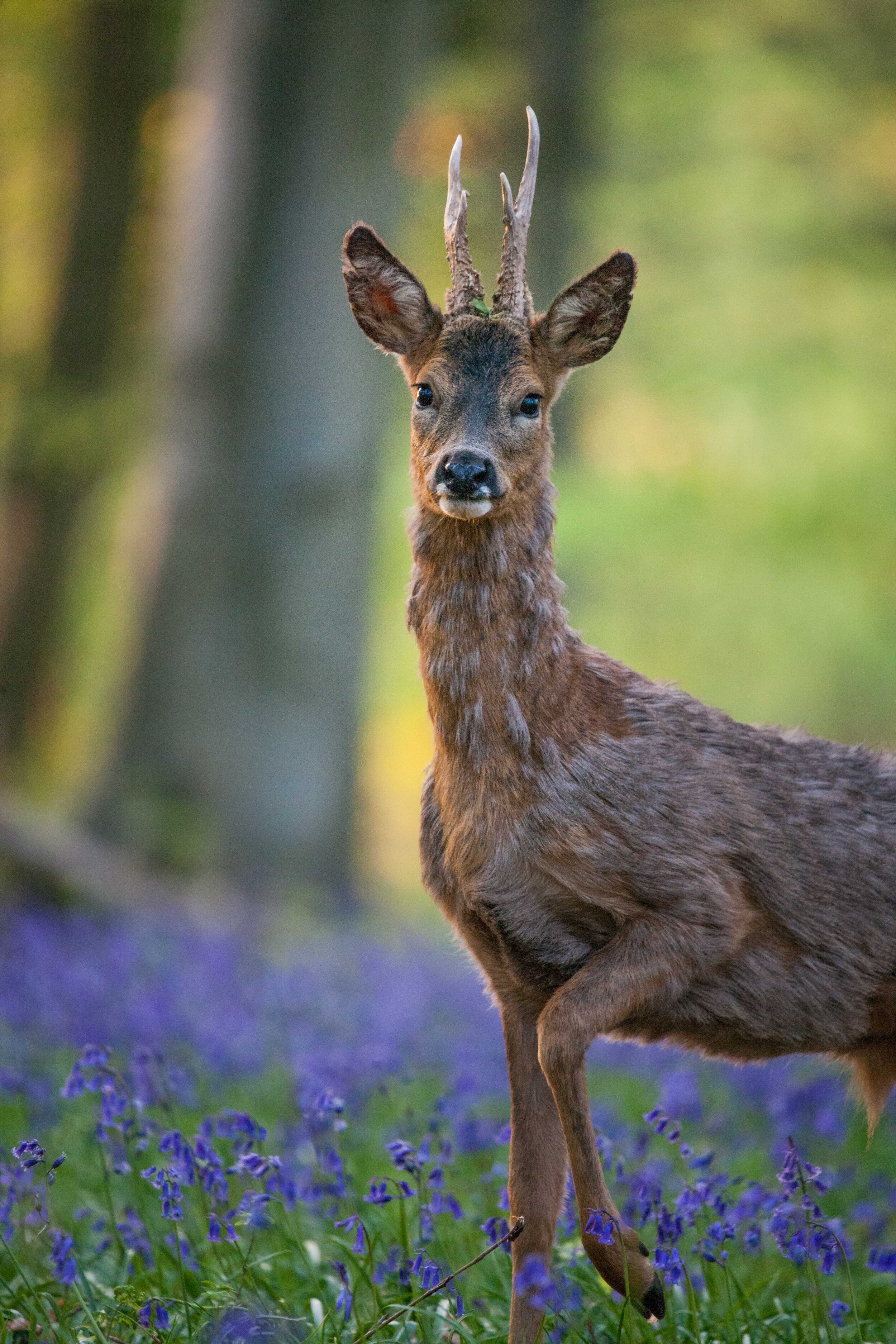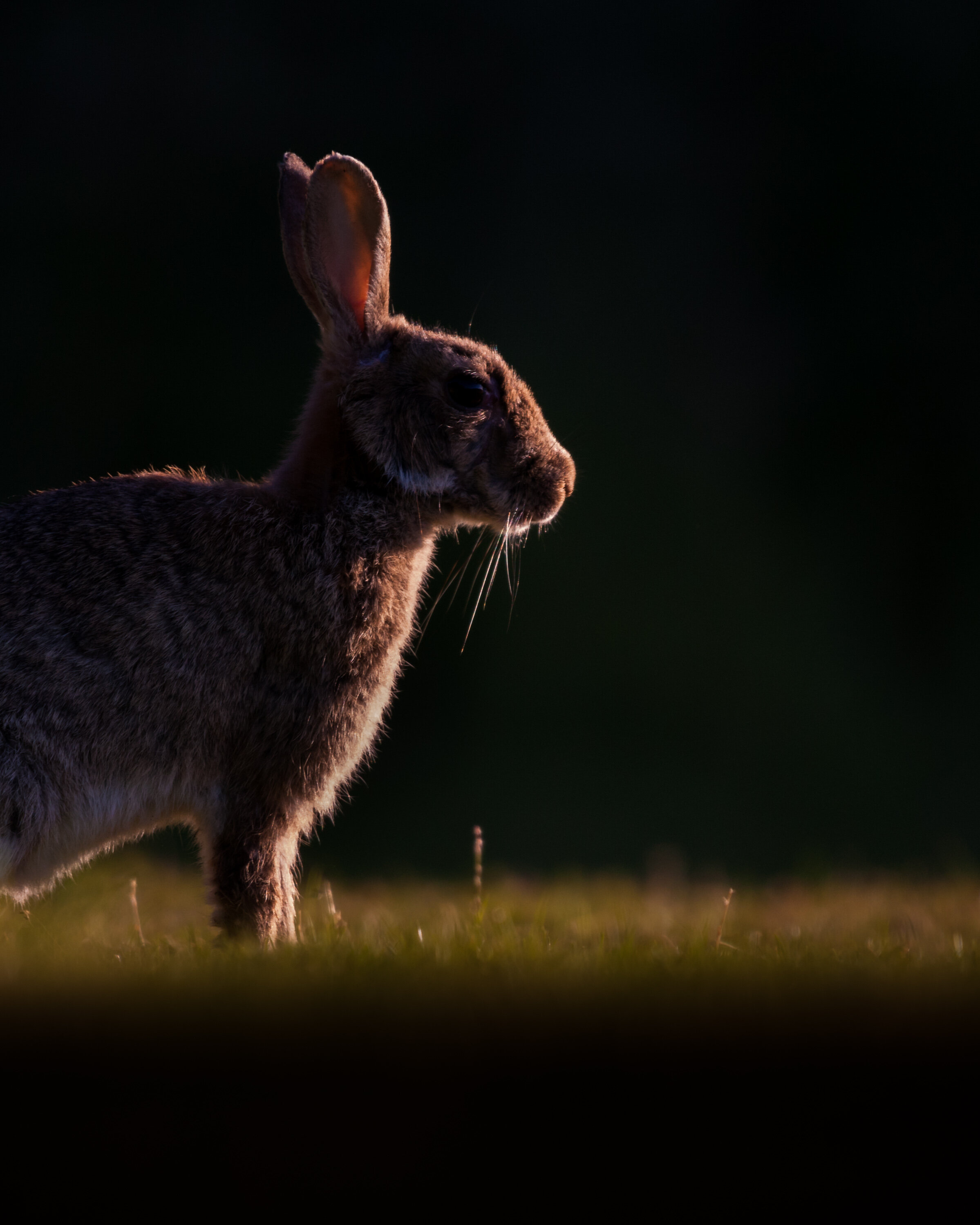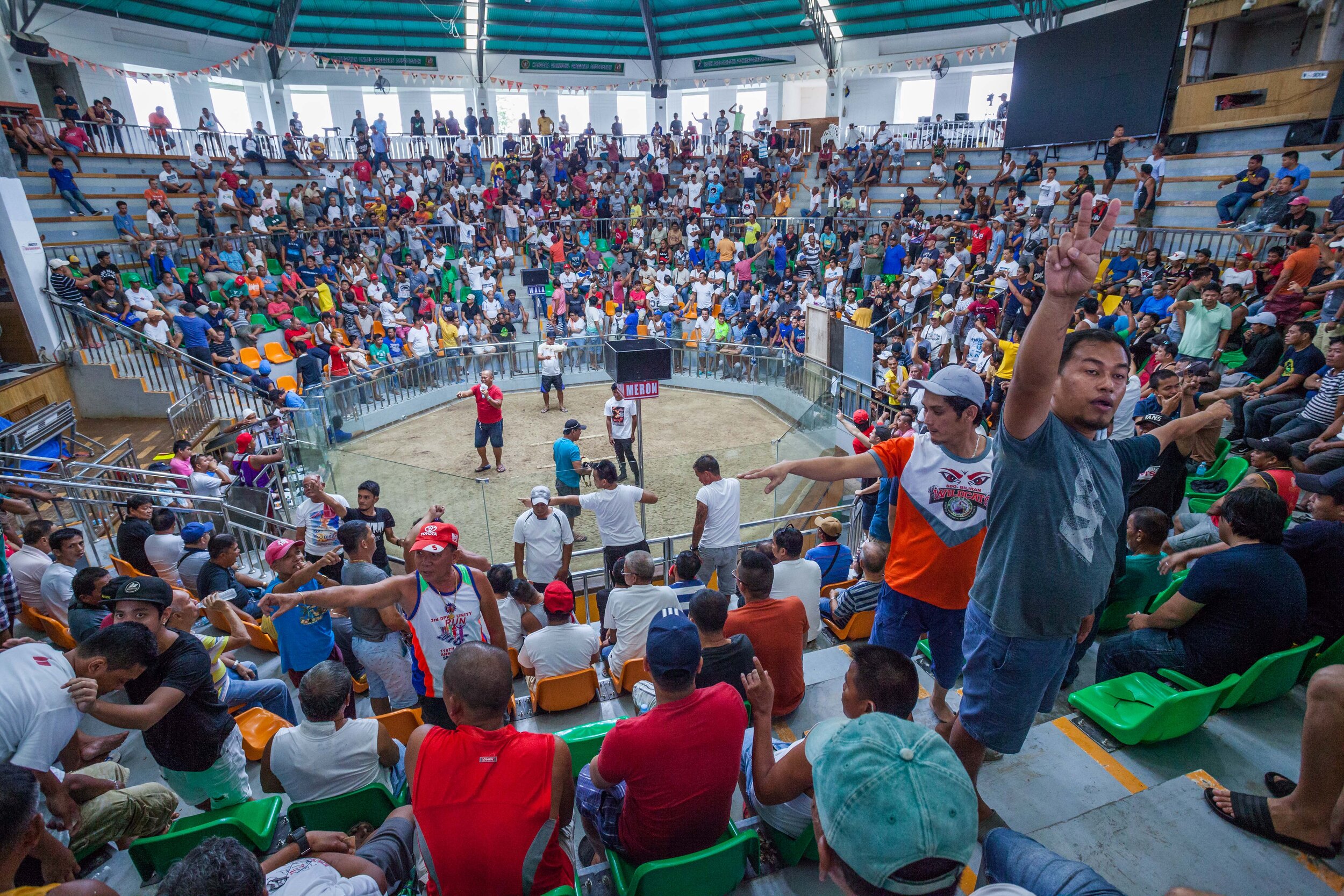I have to start off by saying my car is far from luxury, a Ford Focus mki from 2001 I inherited from my grandfather 5 years ago and it’s a rolling scrap yard but I have to say it is more valuable to my photography than any bit of photo-gear I have. It does the job perfectly of driving me to locations and places I couldn’t otherwise go AND I can sleep in it.
But why sleep in the car and not an Airbnb or hotel like a normal person? Its uncomfortable, it’s weird and sort of scatty. You don’t have anywhere to cook and where do you lie? Do you fold down the front sleep or do you fold down the back seats?
Well you’re a cheap skate photographer who’s spent all their spare cash on camera gear, the insurance of the car is due and you’re still determined to go to Snowdonia to photograph mountain goats because for some weird reason taking photos is one of the most important things in your life so you don’t have much choice. The car has to do and suddenly you realise that a bad nights sleep can be sorted by a coffee off a camp stove, fresh air and grit determination. You’ve got a spare blanket, duvet and pillow off your bed at home so why need worry about being warm during the night and most importantly you don’t need to pay for staying in your car so you can stay as long as you like. Pasta packets are 89p from lidl and water you can take off the mountain. So you could consider the car as a hotel on wheels saving you tons of cash meaning you can go on more adventures.
Now there’s a strong argument for taking a tent and sleeping in that. It’s certainly more comfortable than the cramped boot of a hatchback and less sneered at. However, camping is illegal in most parts of the UK unless given permission by the landowner while sleeping in your car is not. Your car is more waterproof, more draft free and quieter than a tent. You also don’t have to pack the car down worrying about hanging it up to dry when you get home or forgetting the tent pegs. The car also has amazingly comfortable seats you can recline in and windows you can wind down. A tent sometimes has windows but not always and you’d have to carry a pretty big tent to be able to get comfortable reclining seats inside. It’s a no brainer. I mean you can take your car up the mountain but you can always take a tent for that bit. But there are many good laybys and car parks in all the national parks you can hide a car in for the night and the beauty of a hatchback is people don’t suspect you’re in the back.
Now I love camping and typically I would choose the tent over the car if the option is there but for peace of mind I choose the car if I’m swaying between the two. Also the money you save on the accommodation you can spend on food like warm meals and I find these often boost the moral more than a comfy bed. Car camping trips cost you just the petrol it takes to get you there and this opens up everywhere as a possible destination.
I have car camped across Europe. Germany, Croatia, Slovenia, Scotland, wales and of course England. Car camping has allowed me to photograph the mountain goats in Snowdonia, Red kites in wales, the seals at donna nook, puffins on Skomer and the Eriskay ponies in the Outer Hebrides. The car has acted as a hotel the night before ultra-marathons, a roof over our heads before a Bob Graham attempt and refuge during a stormy weekend when all ferries off the isles of North and South Uist had been cancelled.
Its nerve wracking the first time because you’ve bene told you shouldn’t do it. But once you’ve done it and you find a comfortable sleeping position it quickly becomes quite easy to do. It opens up endless opportunities for your photography and I would recommend it to all. Particularly in these Covid times were you’re risking life and limb in getting too close to people this is an easy and enjoyable (and adventurous!) way to get out and maintain social distancing.









































































